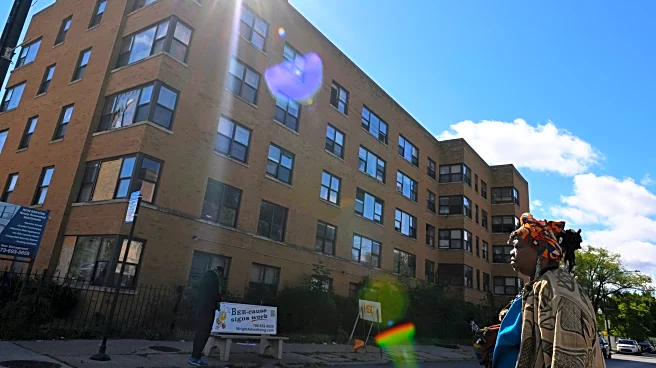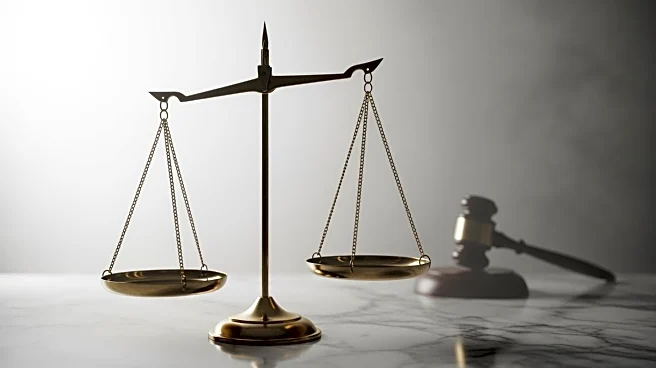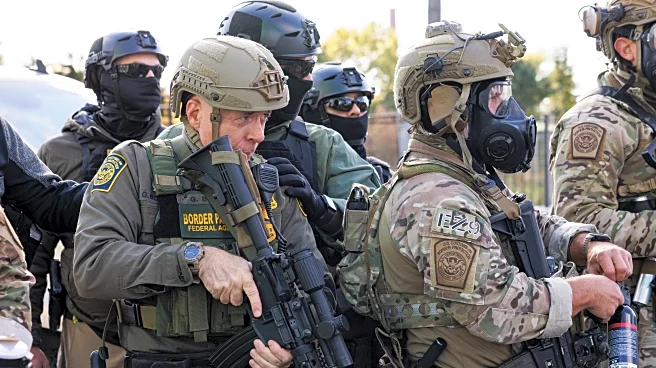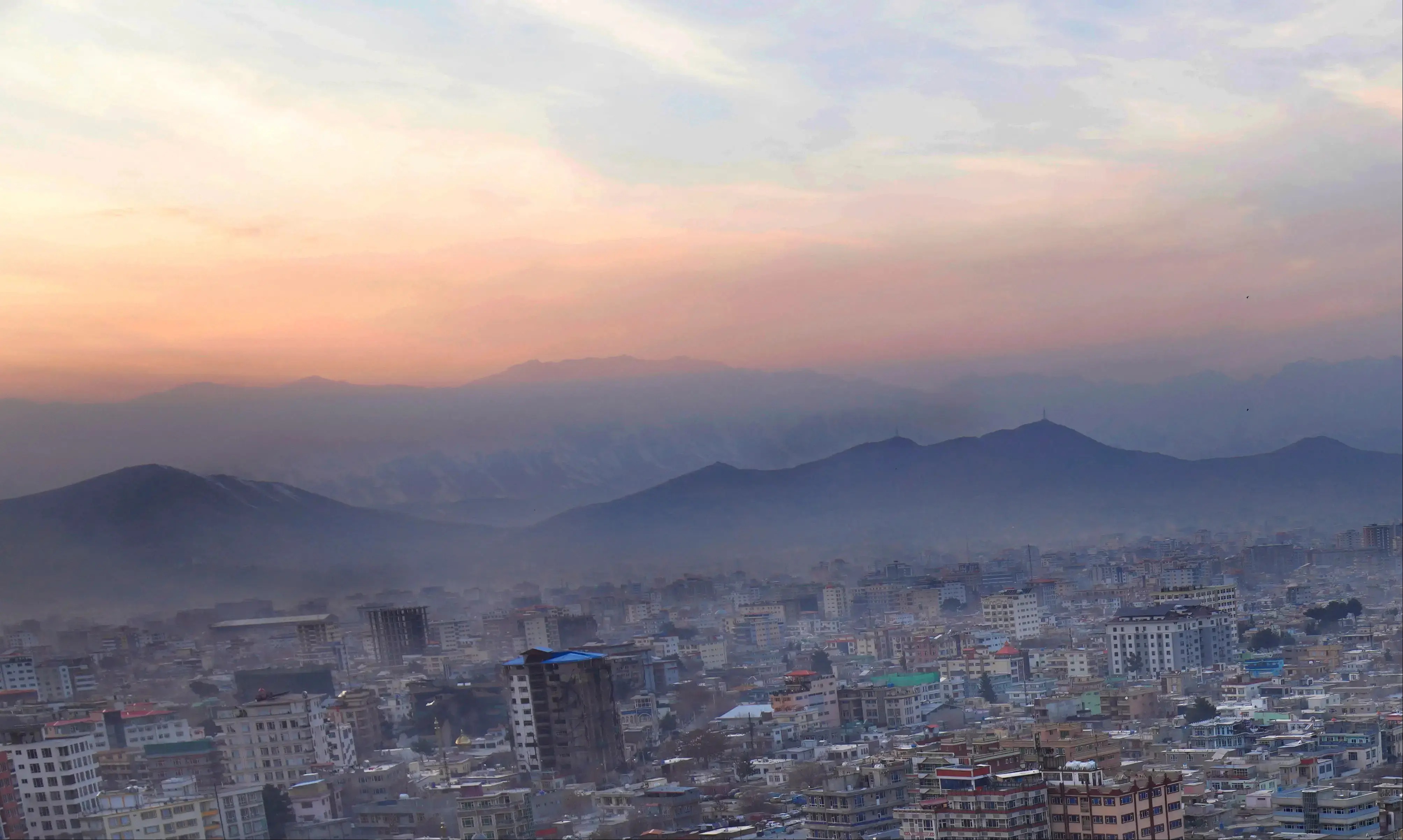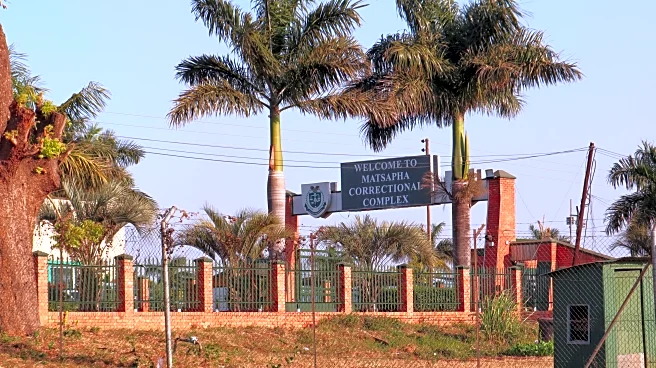What's Happening?
The Department of Homeland Security (DHS) has announced a new regulation requiring all immigrants and non-citizens to be photographed when entering and exiting the United States. This regulation, released on Friday, is part of a broader initiative by
the Trump administration to enhance data collection on immigrants and foreign nationals. Previously, photographs and fingerprints were mandatory for certain immigrants and foreign visitors at specific locations. However, the new rule, enforced by US Customs and Border Protection, extends this requirement to all non-citizens, irrespective of their entry or exit points. The DHS asserts that this comprehensive data collection will address national security concerns, prevent fraudulent use of travel documents, and manage visa overstays. Despite public opposition during a 2021 proposal, citing privacy issues, the final rule remains unchanged. A new public comment period will open for 30 days following the regulation's publication in the Federal Register on October 27.
Why It's Important?
This regulation is significant as it represents a substantial shift in the US's approach to border security and immigration control. By mandating photographs for all non-citizens, the DHS aims to bolster national security and reduce illegal activities such as document fraud and visa overstays. This move could potentially streamline the identification process and enhance the tracking of individuals entering and leaving the country. However, it also raises privacy concerns among civil rights advocates and the general public, who fear increased surveillance and data misuse. The regulation could impact millions of travelers and immigrants, affecting their privacy and freedom of movement. It also reflects the ongoing tension between national security measures and individual privacy rights.
What's Next?
Following the publication of the regulation in the Federal Register, a 30-day public comment period will commence, allowing stakeholders and the public to express their views and concerns. This period could lead to further discussions and potential adjustments to the regulation, depending on the feedback received. Stakeholders, including civil rights organizations, may continue to challenge the regulation, advocating for privacy protections and transparency in data usage. The DHS will likely face scrutiny over how it implements and manages the data collection process, ensuring it aligns with legal standards and public expectations.


